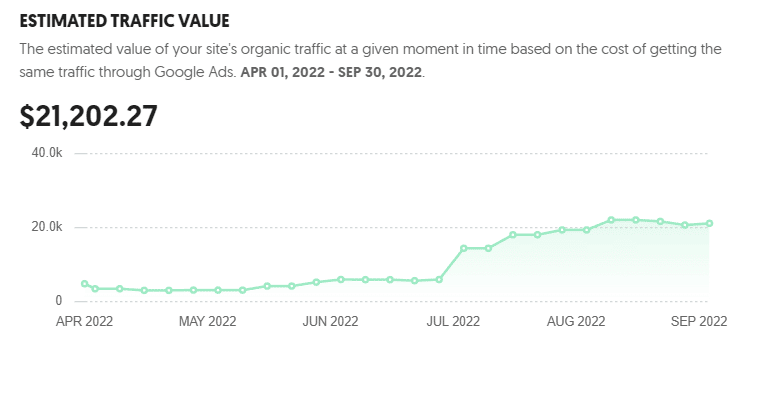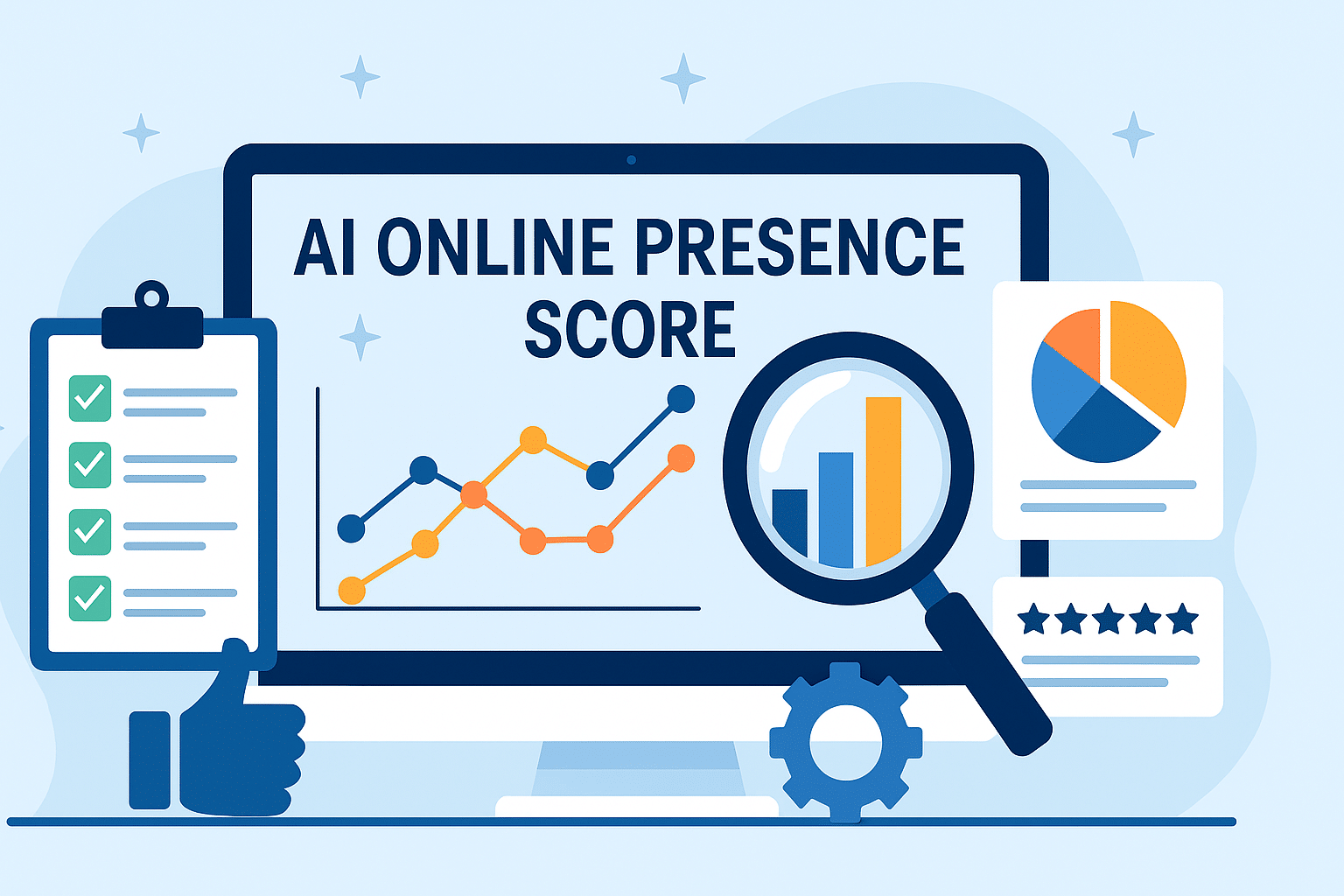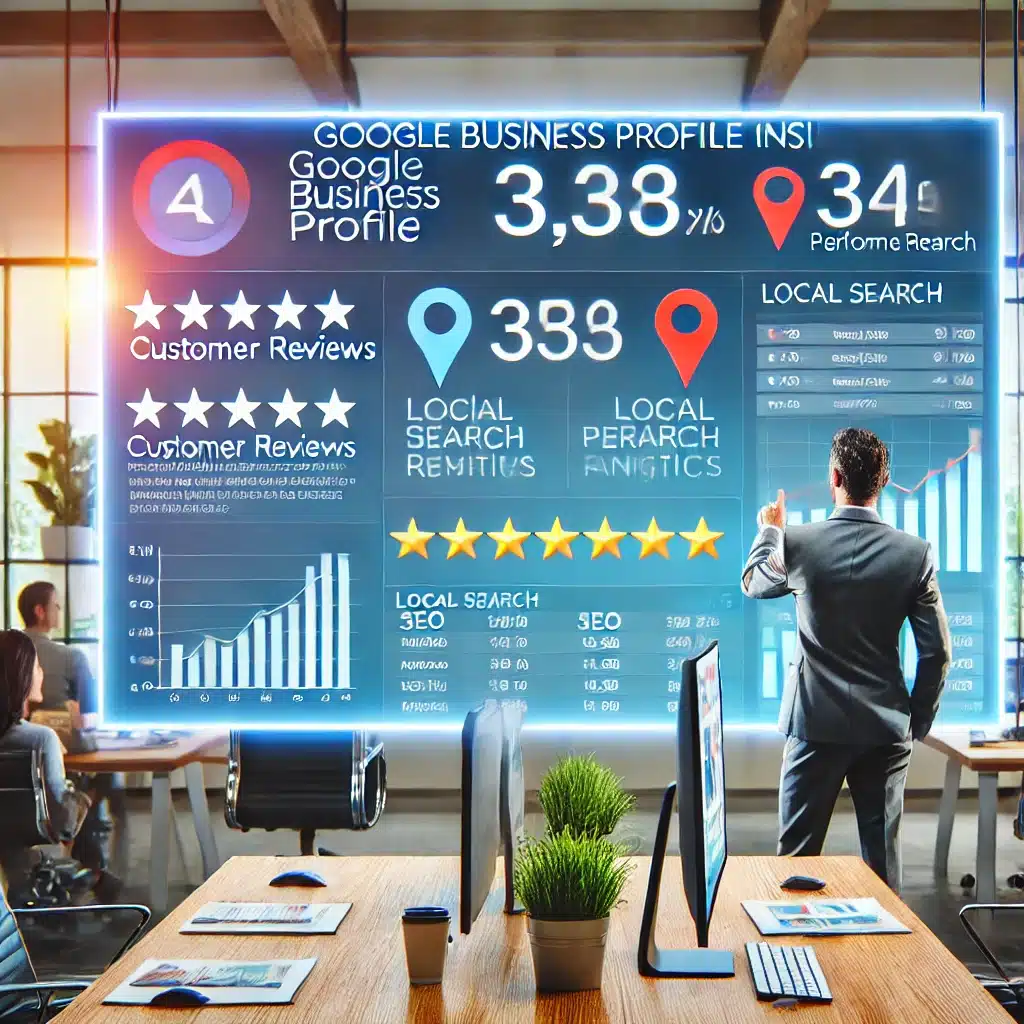How much does SEO Cost? It’s a question every business owner asks. Then they start doing research and online searches. They quickly discover that many agencies do not post their prices. There is a good reason for that. Every business is different and every business has a different status quo.
What is your current online presence?
Depending on the current state the following is what all agencies will look into before giving you a price.
- What software is the website on? Is it WordPress or something similar?
- Do you have active social media platforms?
- Does your social platforms have engagement?
- How many followers do you have?
- Is Google Analytics connected for tracking your traffic?
- Is Google Search Console connected to monitor keyword rankings & pages?
- Is Google Business claimed and optimized to match the website information?
- Is there good navigation in place?
- Do your pages have a good amount of photos, videos, and text?
- Do images have ALT Text
- Do images have META data including location?
- Is there GEO-targeted landing pages?
- Is there internal linking?
- How many backlinks do you have and from where?
- What is your website load speed?
- Is your website responsive?
There is more trust me but these are the big ones. The answers to these questions will dictate the needed resources to properly optimize your website. The term optimize your website is not correct but that is the perception everyone has. The truth is it should be called, “Optimize your business.” The reason is that to properly get traffic visiting your location, calling your phone, visiting your website, and using your business for the services and/or products you provide, you must first get found online. Still, wondering How much does SEO Cost?

Compare Value Between SEO & Paid Advertising
Let’s say for a second you spend $500 a month on SEO or paid advertising. You’re trying to decide between the 2. We will help you understand the value in each and the things to consider, and you then can come to your conclusion based on your specific needs.
- Paid advertising gets instant results but also instantly stops once your budget is spent. Constant immediate resources are needed to keep paid advertising going. This is a great option if you currently have absolutely no traffic and you have a budget to get some fast. The bad thing is that paid traffic converts worse into revenue and it costs a lot. There are no long-term benefits.
- SEO provides much slower results but once you have ranking pages and keywords there is no short-term expense. Typically ranking keywords and pages continue to drive traffic for some time before they fall in rankings. A constantly funded ongoing SEO plan will get you ranking, get traffic and continue to grow over time providing traffic long term that you could never afford to get with a strictly paid advertising strategy.
The Truth About How much does SEO Cost?
Here is the bottom line when it comes to SEO costs. The more you pay the faster and the better results you will get long term. You can spend $250 a month and you will arrive at the same place as if you spend $5000 a month. The difference is how fast you get there. Your market and how much competition you have also play a role. If you have no competition for your entire area it is going to be easier and faster to get your ranking and get traffic from search engines.
If you have 100 other companies paying for ads and SEO it will require much more time and effort to get your ranking as you want. But, a good agency will be able to look at your competition’s activity and find its weak spot allowing you to take advantage of that and grab some of the markets via search engine traffic.
Want a full online presence audit done for your business for free? Contact Frank at (518) 588-4012 or Frank@MediaPillars.com
[sc_fs_multi_faq headline-0=”h2″ question-0=”How much does SEO cost?” answer-0=”Average SEO costs are $100-$250 an hour for US SEO agencies. SEO costs often range from $2,500 – $10,000 per month for US agencies. The average SEO plan costs $2819 per month (per Ahrefs) Overseas SEO companies may charge $10-$50 an hour. Media Pillars ranges from $250 a month to $5000 a month, never more.” image-0=”” headline-1=”h2″ question-1=”How much is one time SEO cost 2022?” answer-1=”SEO pricing varies and depends on factors like the SEO plan, service provider, and more. Most SEO projects in 2022 cost between $1500-$5,000 per month based on the project scope. A one-time project will range between $5,000-$30,000 and hourly rates for consultants fall between $100-$300 per hour. Media Pillars never recommends a one time only SEO.” image-1=”” headline-2=”h2″ question-2=”How long does it take for SEO to work?” answer-2=”SEO is not a fast track to success. It never was and never will be. You need to have a long-term plan when it comes to SEO because it can take between six months and a year to rank for most keywords. This is MUCH faster if you have a fairly well established website and history.” image-2=”” headline-3=”h2″ question-3=”What is the most important factor in SEO marketing?” answer-3=”There is no one factor that is most important because they’re all important. If I had to pick something you should focus on, it would be providing quality information to people. You can have all the SEO pieces in place, but if your content isn’t good, it doesn’t matter because people won’t be interested in you.” image-3=”” count=”4″ html=”true” css_class=””]
Why is SEO Important?
SEO (Search Engine Optimization) is important because it helps improve the visibility of a website or a web page in a search engine’s unpaid results. This increased visibility can lead to more traffic, higher brand credibility, and ultimately, more conversions and sales. Additionally, SEO helps search engines understand the content on a website and match it with relevant search queries, which can lead to higher search engine rankings and better visibility.
What is the SEO Process?
The SEO process can be broken down into several steps:
- Keyword research: Identifying the keywords and phrases that potential customers are searching for.
- On-page optimization: Optimizing elements on the website such as title tags, meta descriptions, header tags, and content to include target keywords and make the website more search engine friendly.
- Content creation: Creating valuable and relevant content that includes target keywords to attract and engage visitors.
- Technical optimization: Ensuring the website is technically sound by fixing any crawling or indexing issues, making the website mobile-friendly, and improving website speed.
- Link building: Acquiring backlinks from other websites to improve the authority and credibility of the website.
- Measuring and analyzing: Use tools such as Google Analytics to measure the performance of the website and the effectiveness of the SEO strategy.
- Continual Optimization: Continuously monitoring the website’s performance, making adjustments and adjustments as needed to improve search engine rankings and drive more traffic.
It’s important to keep in mind that SEO is an ongoing process and it requires constant monitoring and adjustments to stay ahead of the competition and maintain or improve rankings over time.
What Does the Google Algorithm Look For in SEO?
The Google algorithm looks for a variety of factors when determining how to rank websites and web pages in search results. These factors can be broadly categorized into two groups: on-page factors and off-page factors.
On-page factors include elements on the website itself, such as:
- Quality and relevance of content
- Headings and subheadings
- Meta tags, including the title tag and meta description
- URL structure
- Image optimization
- Internal linking
- Mobile-friendliness
Off-page factors include elements that are not on the website, such as:
- Quality and relevance of backlinks
- Social media signals
- Brand mentions or citations
- Domain authority
Google also looks for signals that indicate the website is trustworthy and credible, such as the age of the domain, whether it’s been penalized in the past, and if it has a clean backlink profile.
It’s important to note that Google’s algorithm is always changing and updating to improve the search results and to prevent manipulation by webmasters. So, it’s important to stay up-to-date with the latest best practices and guidelines for SEO.
What is Localized SEO?
Local SEO is a subset of SEO that focuses on optimizing a website or web page for local search queries. The goal of local SEO is to increase visibility and drive more traffic to a business’s website or physical location from users in the same geographic area.
Local SEO involves optimizing the website or web page to include location-based keywords, such as the name of the city or region, and including the address, phone number, and hours of operation on the website. Additionally, it can include claiming and optimizing business listings on directories like Google My Business, Bing Places and Yelp, so that the business can appear in the map pack and other local search results.
In addition to the website, it is important to make sure that the business information is consistent across all platforms where it is listed, for example, Google My Business, Yelp, and other directories.
Local SEO can be especially important for small businesses, as it allows them to compete with larger companies by targeting a specific geographic area. It also helps to drive more relevant and qualified traffic to the website and physical location, which can lead to more conversions and sales.
How to Optimize for Local SEO?
Here are some steps to optimize for Local SEO:
- Claim and optimize your Google My Business listing: This is the most important step to optimize your business for local search. Make sure to provide accurate and complete information, including your business name, address, phone number, hours of operation, and pictures.
- Optimize your website: Include location-based keywords in the title tags, meta descriptions, and content of your website. Make sure that the NAP (Name, Address, Phone Number) information is prominently displayed and consistent throughout your site.
- Build local citations: Citations are mentions of your business on other websites. Some examples of citations include online directories (like Yelp, TripAdvisor, and YellowPages), industry-specific directories, and local chamber of commerce websites.
- Get reviews from customers: Encourage satisfied customers to leave positive reviews on your Google My Business listing, Yelp, and other review sites.
- Optimize for local keywords: Research local keywords, and include them in your website, title tags, and meta descriptions.
- Use structured data (schema markup): Use structured data to help search engines understand your business, products, and services better.
- Optimize images and videos: Optimize images and videos on your website by including descriptive file names and alt tags.
- Optimize for mobile: Make sure that your website is mobile-friendly, as more and more people are searching for local businesses on their mobile devices.
- Create local content: Create content that is relevant to your local audience, such as blog posts about local events, or round-ups of the best local businesses in your area.
- Link building: Look for opportunities to get links from other local websites, such as getting listed in local business directories, or working with other local businesses to exchange links.
It’s important to keep in mind that Local SEO is an ongoing process and it requires continuous monitoring and adjustments to stay ahead of the competition and maintain or improve rankings over time.






